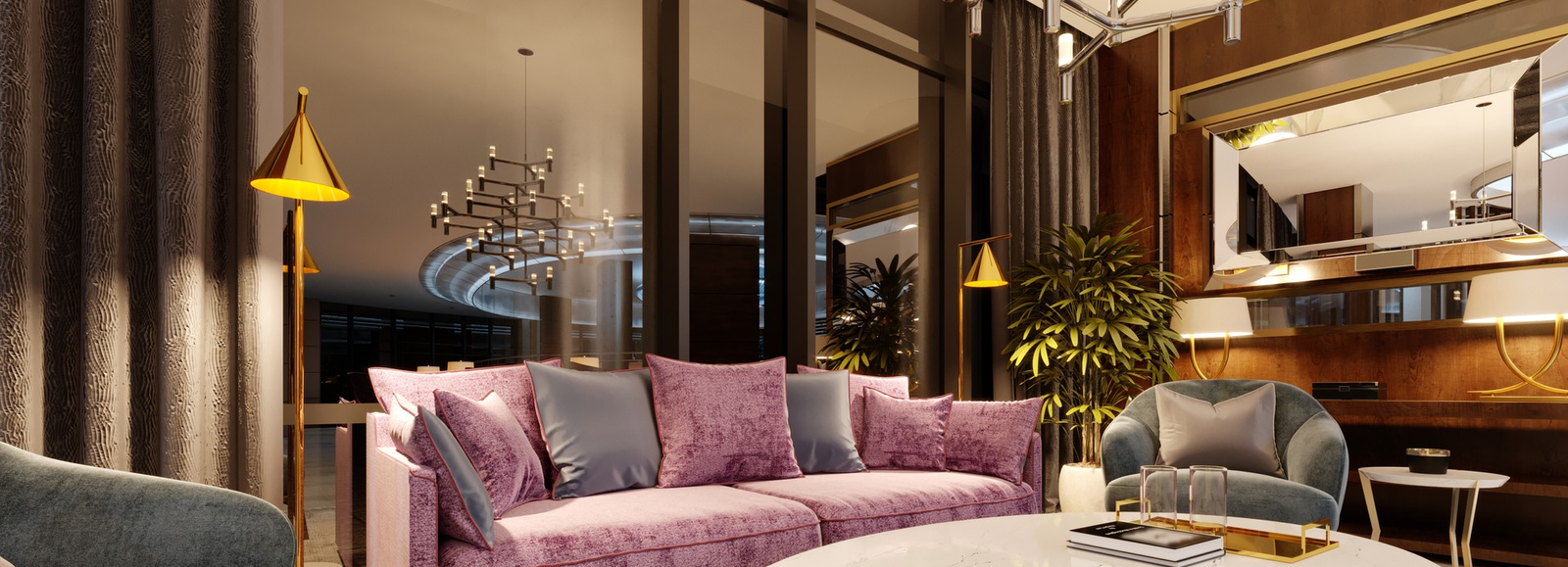What is Interior Design Technology?
Interior Design Technology encompasses advanced tools like 3D modeling, virtual reality (VR), and augmented reality (AR) to streamline the design process. These technologies allow designers to create realistic visualizations, plan layouts efficiently, and provide immersive previews, ensuring that the final design matches the client’s vision.
Have you always been inquisitive about knowing more about how technology has an impact on interior designing?
The interior design industry has flourished since technology has a lot of scope and it is evolving at an expeditious pace. Upgradation of technology has led to advancement in interior designing. Designers need not only master the conventional interior designing skills but also an apt knowledge to understand software designing, business skills and digital tools.
Indeed, technology is reshaping the world of interior designing. The power of internet has helped in accessing the personal preferences of clients. This generation is more on demanding technologically driven interior design; interior designers are able to fulfil these needs with the help of advanced technology.
Advancements in Interior Design Technology
Interior design technology has revolutionized how designers conceptualize and execute projects. Tools such as Computer-Aided Design (CAD) software facilitate precise floor plans and detailed renderings, while Virtual Reality (VR) offers clients immersive walkthroughs of their future spaces. Augmented Reality (AR) further enhances this experience by overlaying digital elements onto real-world environments, allowing for real-time adjustments and visualizations. These innovations not only speed up the design process but also improve accuracy, ensuring that every design decision is meticulously planned and executed.
Scope of Interior Designing in Technology:
Technology has a significant impact on Interior Designing. With the evolution of 3D printing, virtual reality (VR) and augmented reality (AR), there will inexorably be new expectations and standards of interior design. For a thriving future the designers are required to stay abreast to new technologies.
Digital transformation is the most refined sector of any profession. The fundamental impact of this transformation is to bring together people, data and processes in new and pioneering ways, creating value for both clients and end users. In order to undertake large scale builds or renovations, involving design, construction, and structural teams’ technology has made its place in this industry.
Following are some of the areas in which scope of interior designing can be seen:
- Interior Design Technologist
- Home Stager and Decorator
- Kitchen and Bath Designer
- Product Sales Representative
- Residential and Commercial Space Planner
Skills Required for An Interior Designer:
- Virtual Imaging
- Computer-Aided-Design (CAD)
- Modelling Tools for 3D Interior Design
- Integrating BIM & Virtual Reality Displays
- Computer Skills
Benefits of Embracing Interior Design Technology
Integrating interior design technology brings numerous advantages, including enhanced collaboration and client satisfaction. Advanced software and visualization tools enable designers to present clear and detailed designs, reducing misunderstandings and revisions. Additionally, technology allows for better space optimization and material management, leading to more efficient and cost-effective projects. By adopting these technologies, interior designers can offer cutting-edge solutions, improve project outcomes, and stay ahead in a competitive market.
Summing up altogether creative/analytical thinking, research skills, presentation and communication skills, organisational skills, teamworking and IT proficiency are highly assessed skills. Virtual Reality, Online Design,3D rendering are some of the designing techniques through which clients can have a look at realistic insight of proposed design.
There are so many incredible advancements in technology which eventually makes life easier professionally as well as personally. The designer-client relationship improves drastically.









